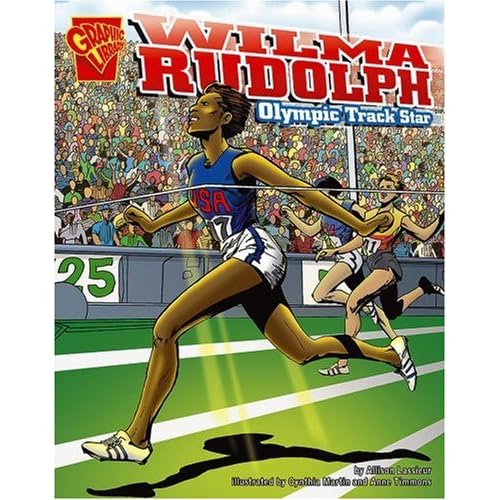The Diary of a Wimpy Kid series by Jeff Kinney is wildly popular with kids of all ages. To be honest with you, I don't like these books. Never did. However, I always buy copies because many students want to read this, or at least they want to see what it's all about. The copies never stay on the shelves for long.
In the past few weeks I've struggled with my 7-year-old grandson because he wants to read DWK. He's in the second grade and I think he is way too young to read this. The characters are in middle school, and they deal with middle school issues.
At first I refused to let my grandson to read it. But then I realized he is actually enthusiastic about reading this. So instead of struggling with him (he wore me down), I make it my business to read this with him, and discuss the issues that we encounter in the story: bullying, name-calling, peer-pressure, pimples, etc.
Don't get me wrong. At school I don't discourage my young students from borrowing these titles. But at home, I not only wear a Library-Teacher hat, I also wear a Grandma hat.
What do you think?
Thanks for stopping by my blog :)







